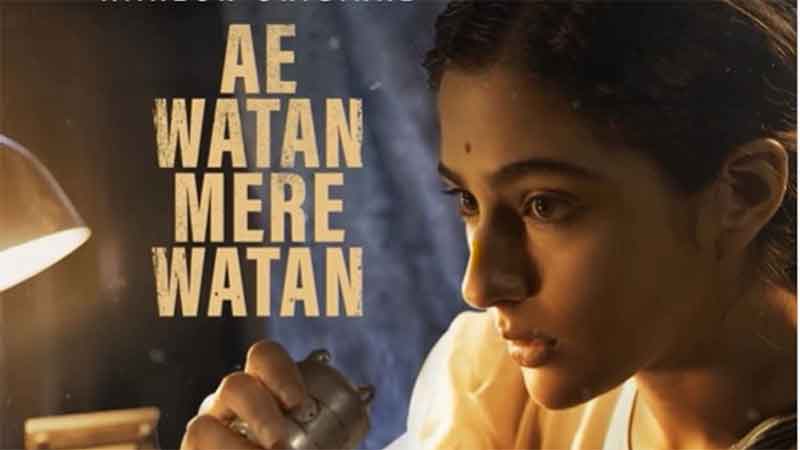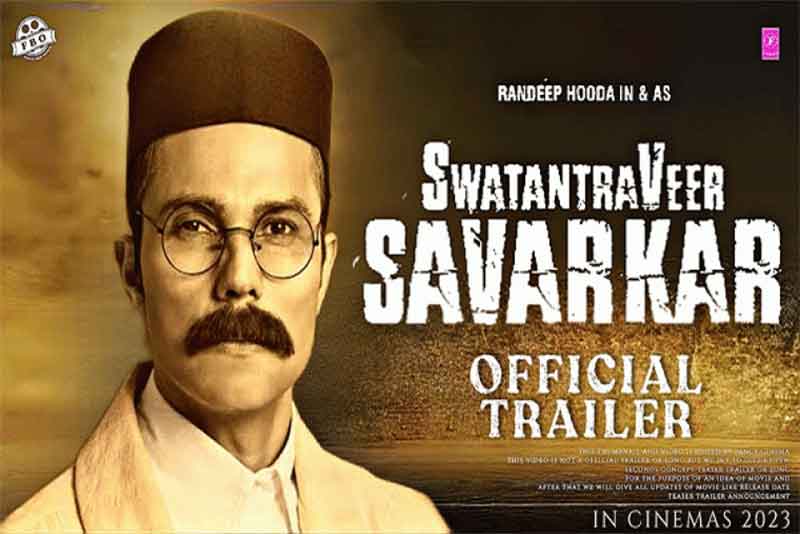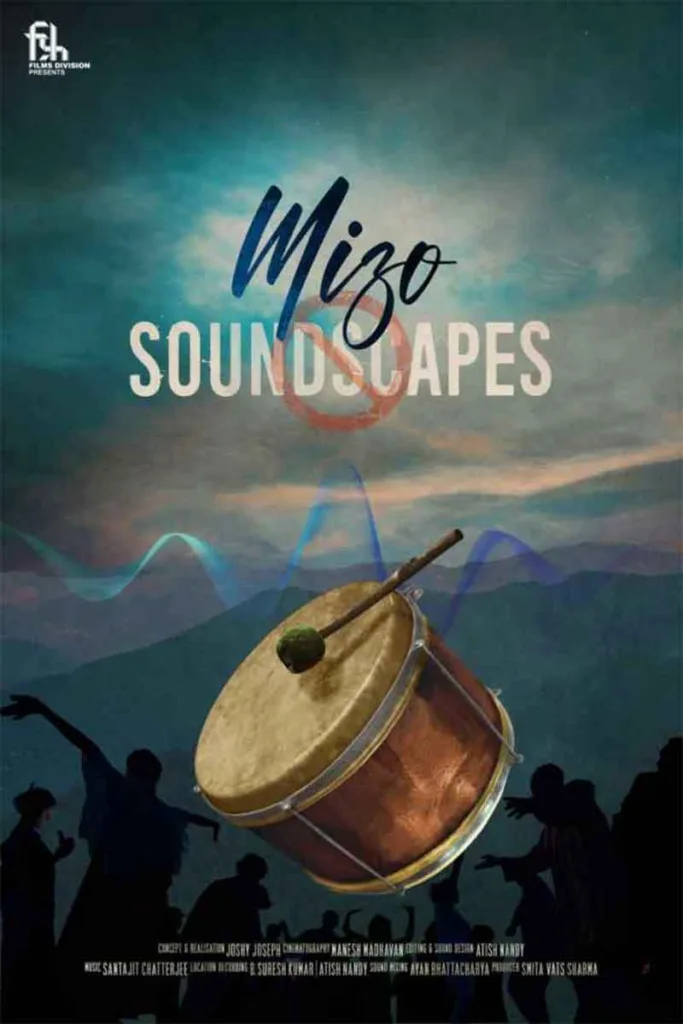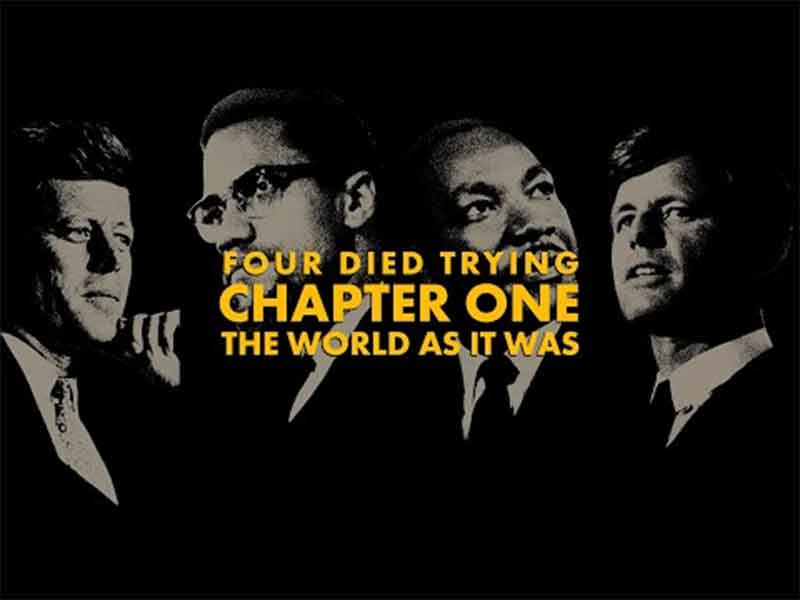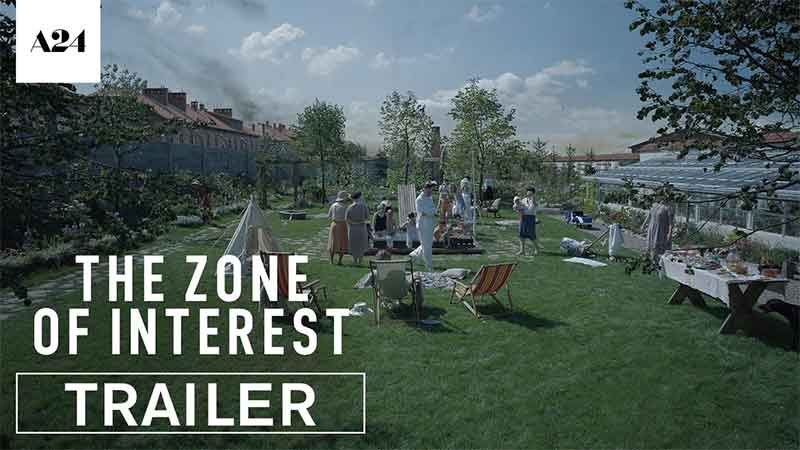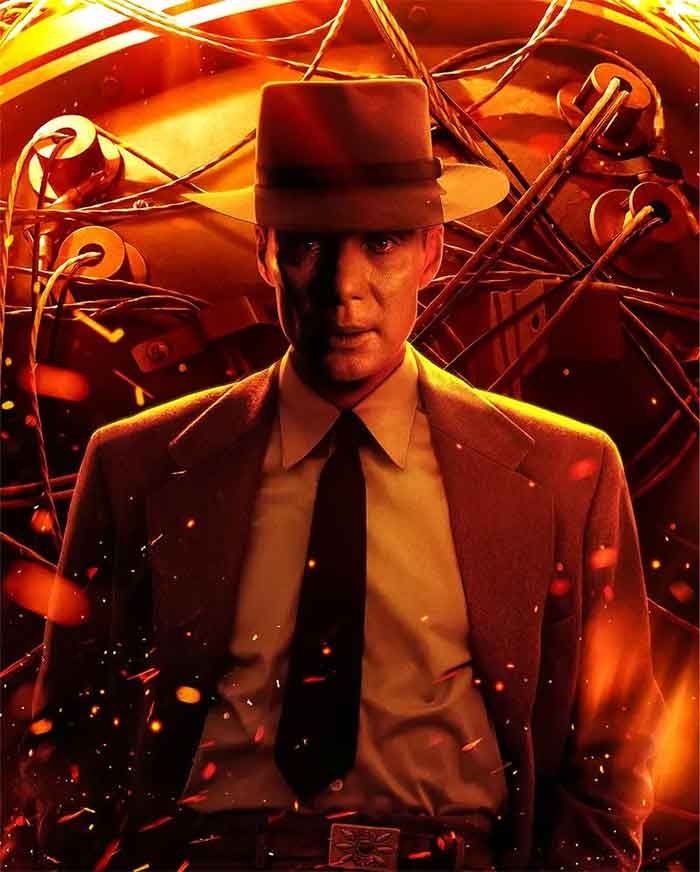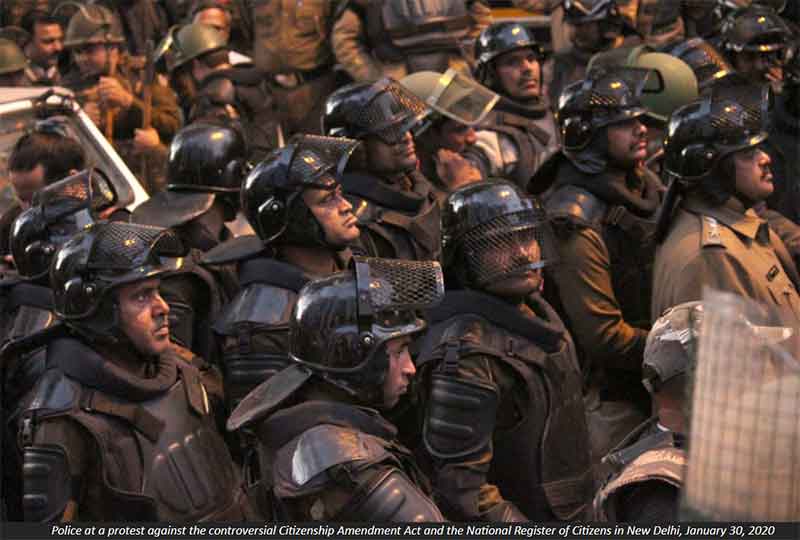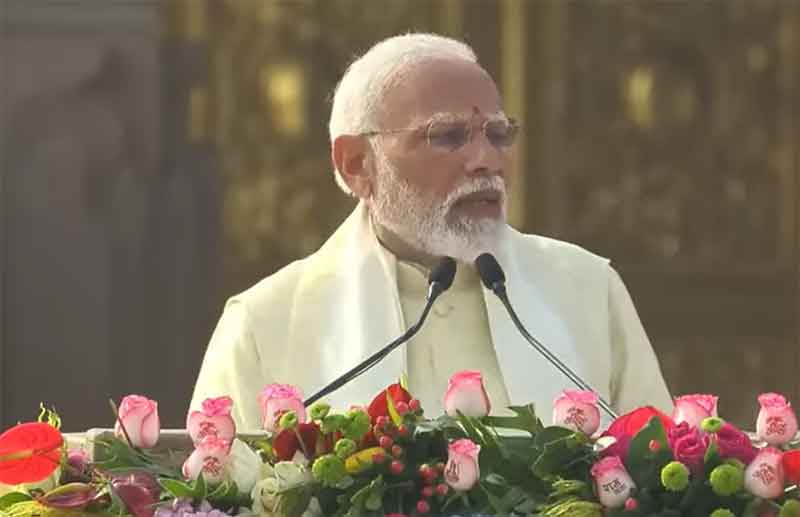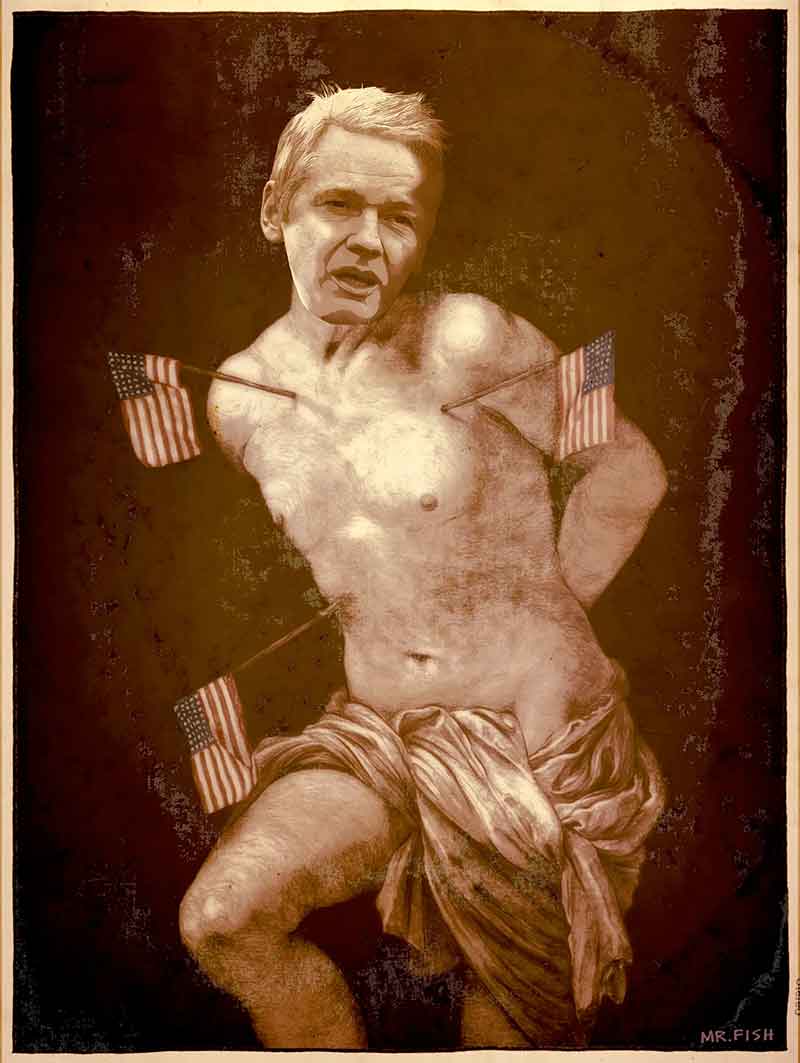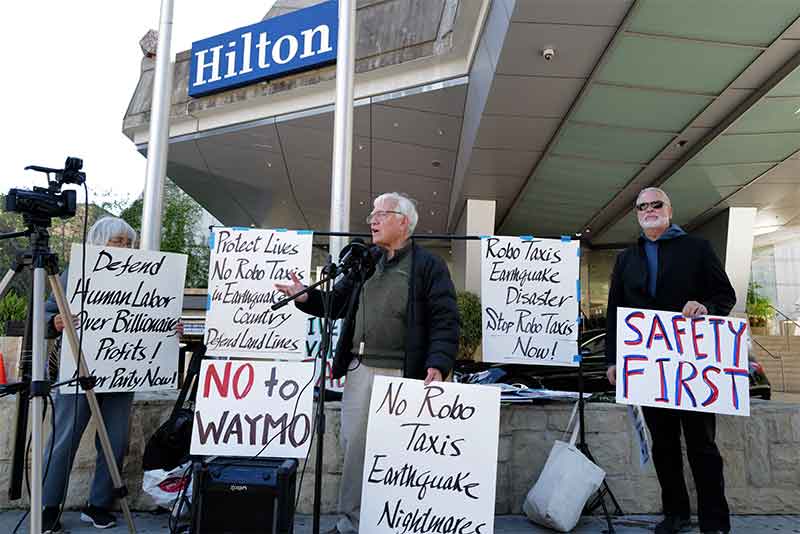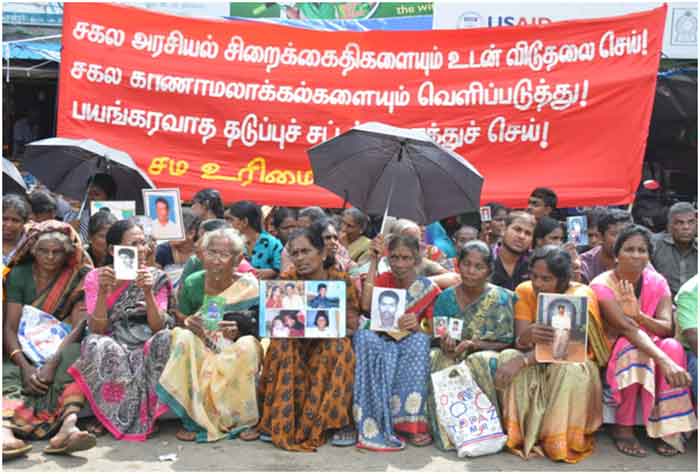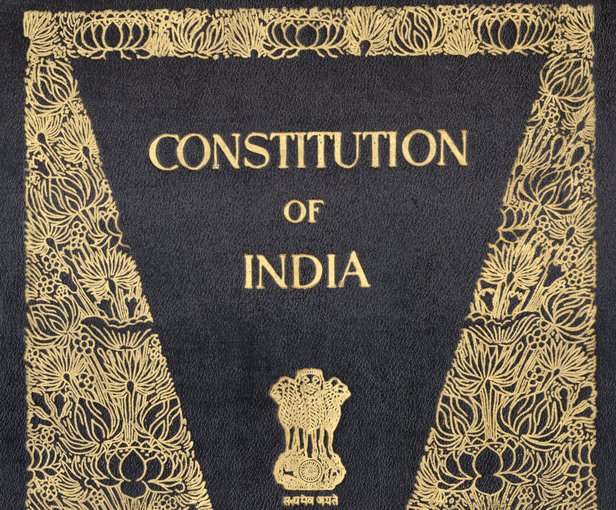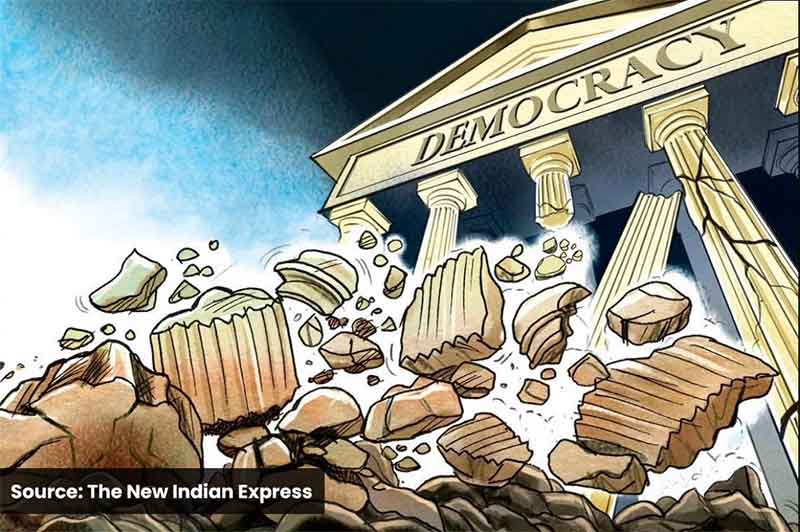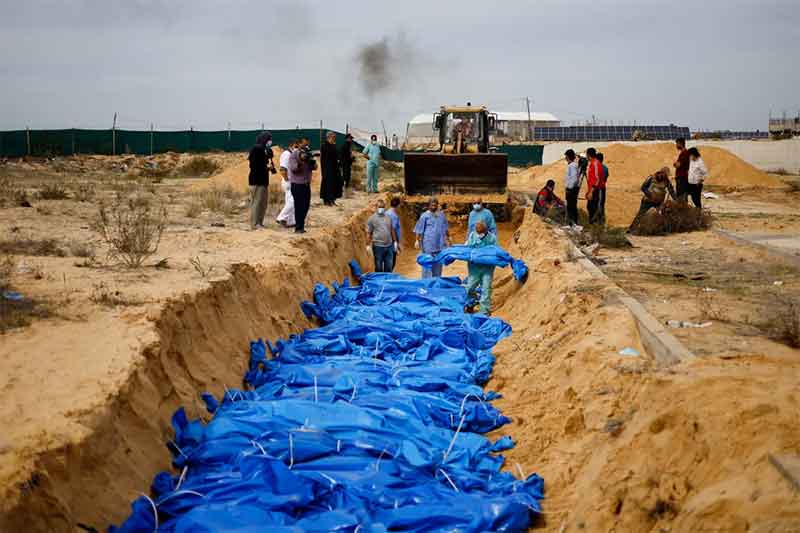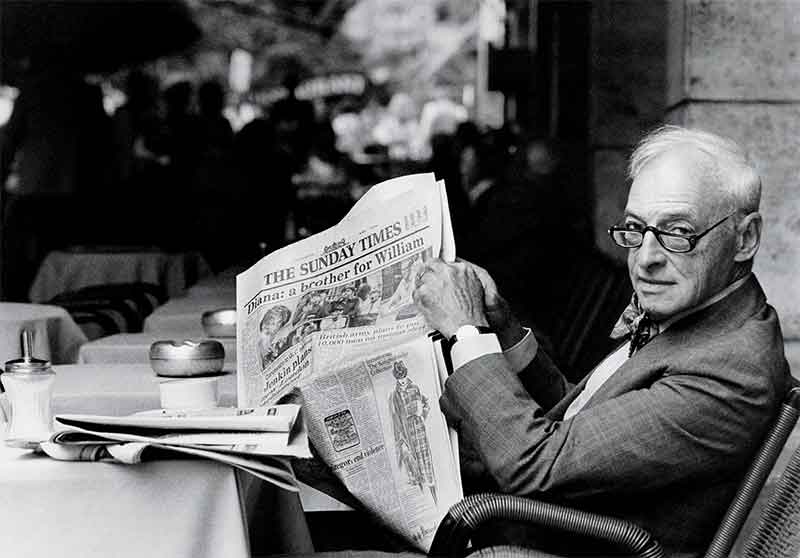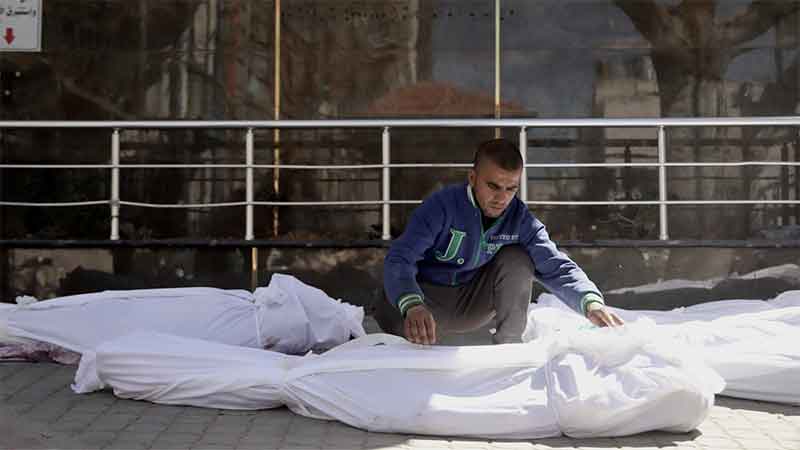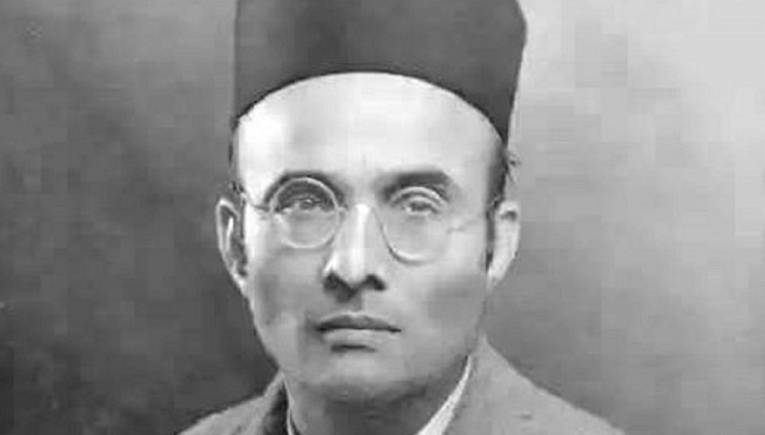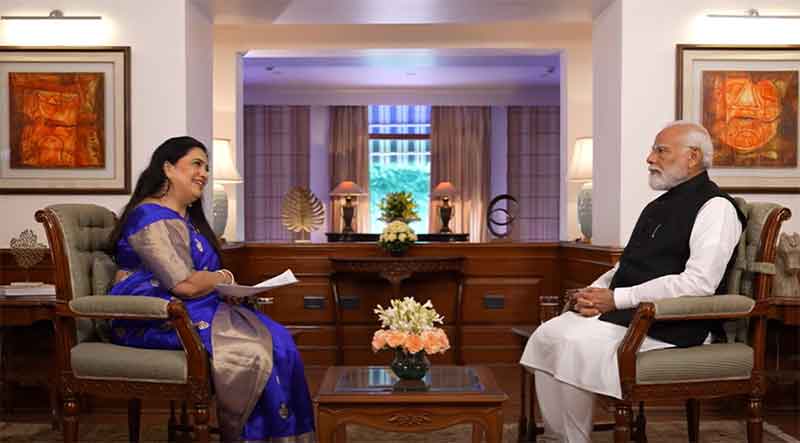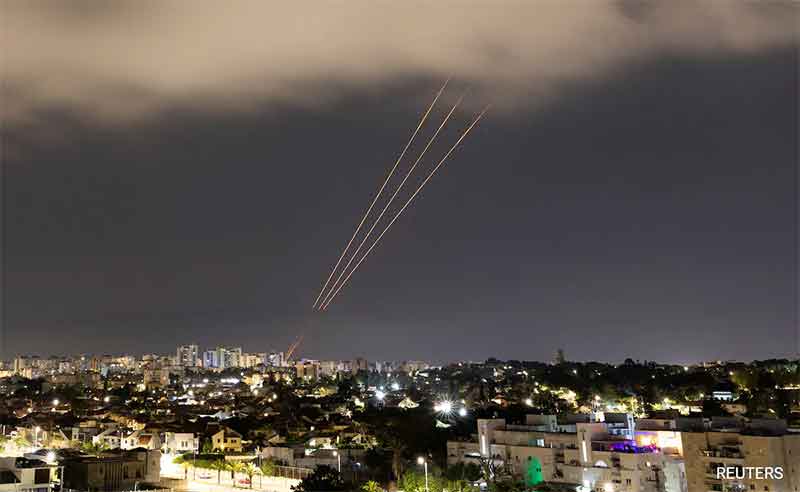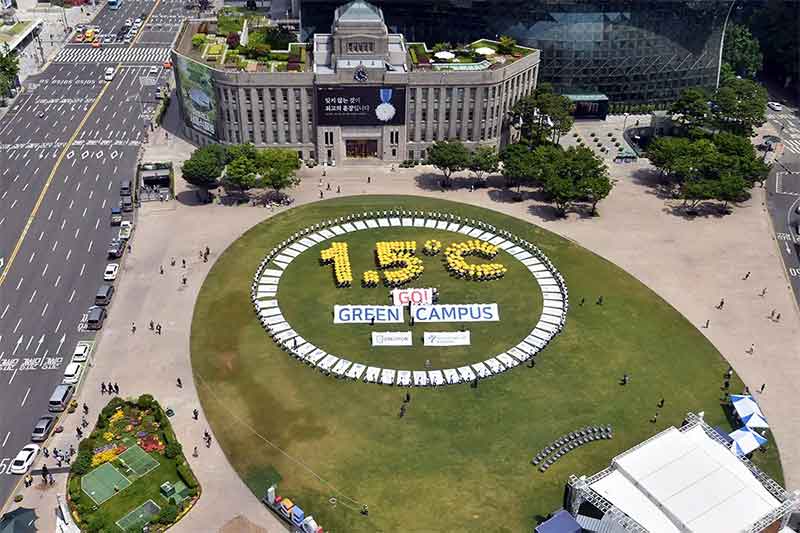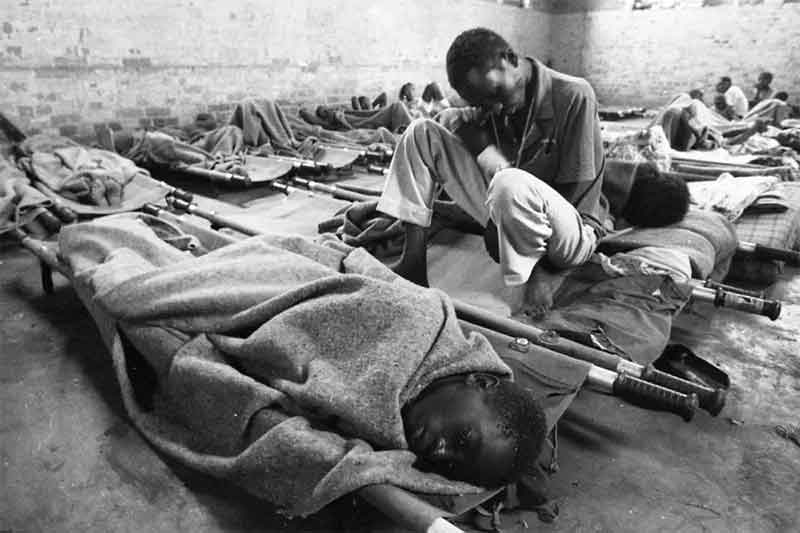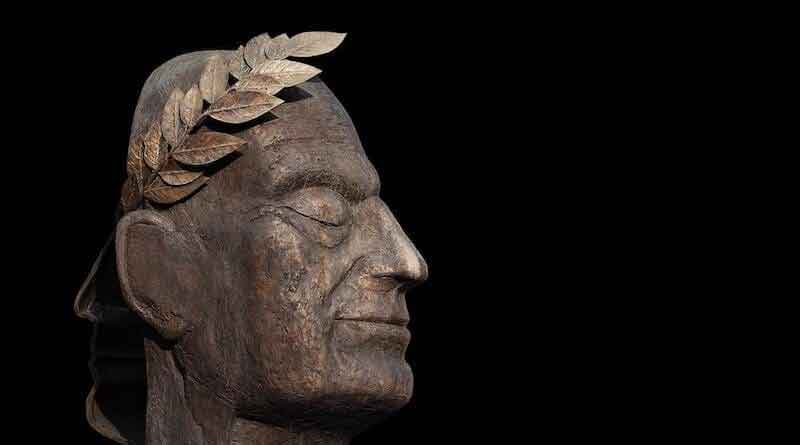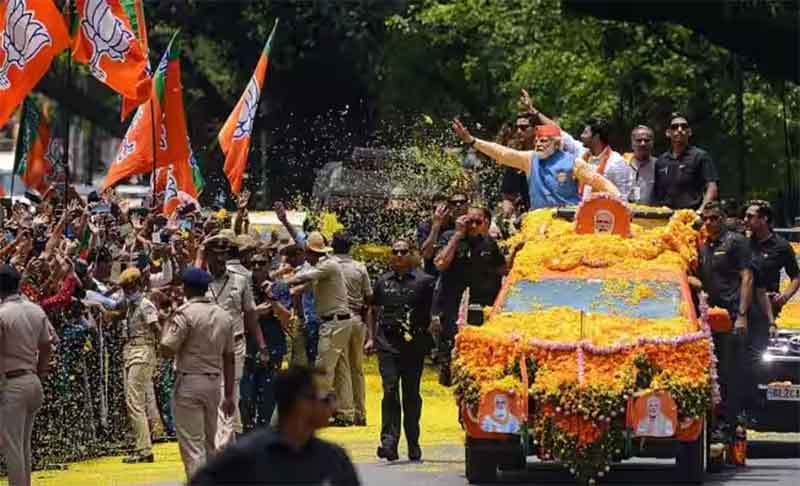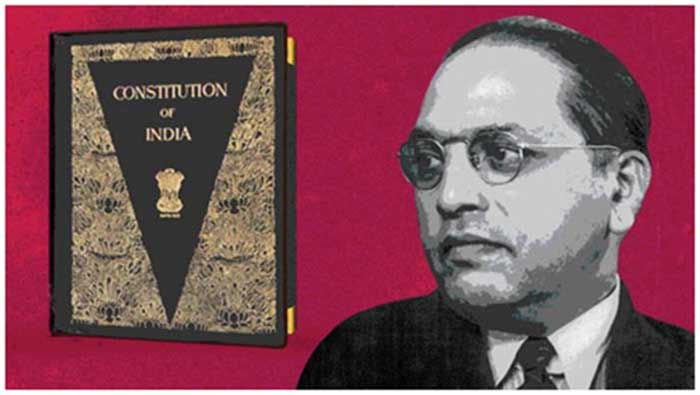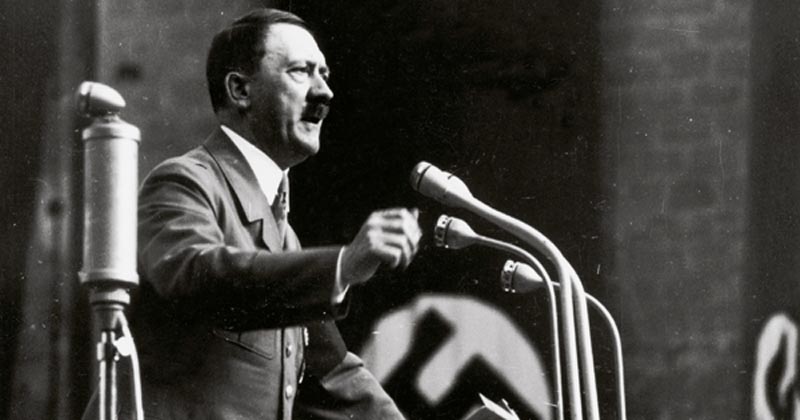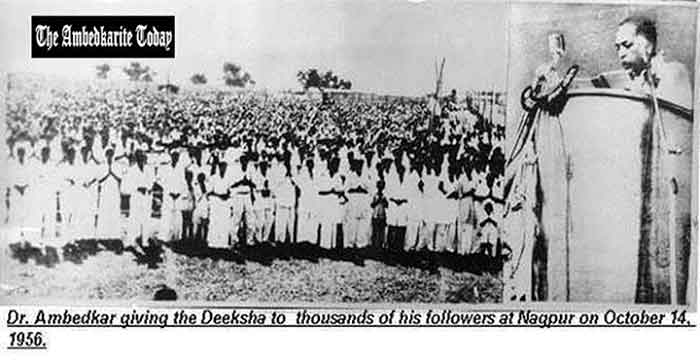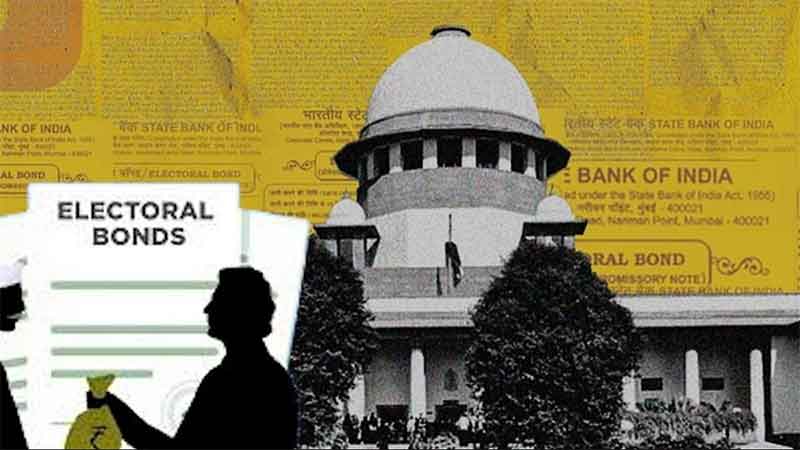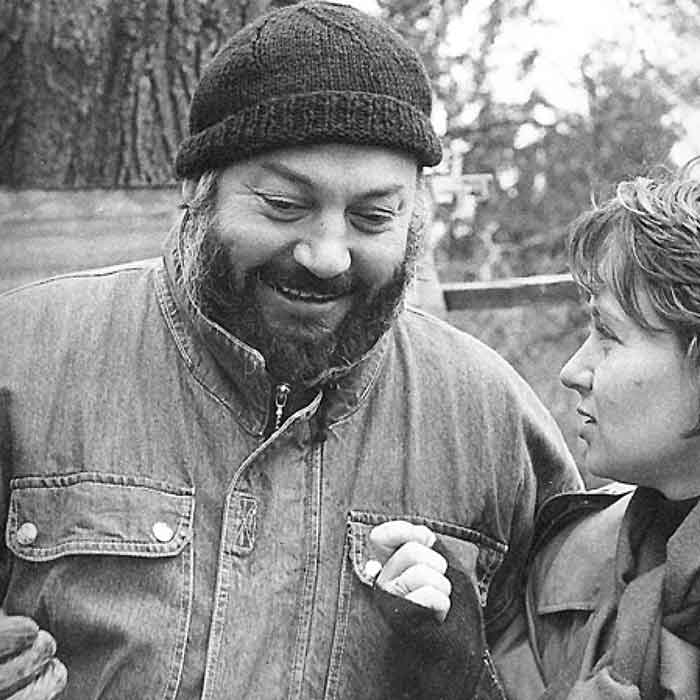
The first edition of what began as the Bombay International Film Festival for Documentary & Short Films (there was no mention of animation in the naming then) was held between March 1 and 7, 1990. I had no place to stay in Bombay, yet the will to attend the festival was strong. One evening, over a cup of tea at a humble eatery run by a group of hard-pressed women in the Nandan complex, I said as much to Premendu Bikash Chaki, then gearing up to be a cameraman (one didn’t use the word ‘cinematographer’ so easily in those days). Chaki, who is now, 30 years later, quite a familiar figure in the Tollygunge studio locality, gave the matter some thought before suggesting that I could perhaps put up with some friends of his who ran a commune in Andheri. He said all of them were trained at the Pune Film Institute and struggling to find their feet in the industry. One good thing about Chaki was that he took the word ‘friendship’ seriously. He did what he thought needed to be done and arranged for me to stay at the commune for the duration of the festival.
On my arrival at Victoria Terminus, I sought and found a telephone booth from where I rang a number given me by Chaki. The person at the other end of the line was called Prasenjit. He sounded amiable enough and told me how to get to the commune. Once I had reached the place, there was no looking back. One room was reserved for the boys, all sleeping on the floor. There was another room which had temporarily been taken up by the grieving mother of one of the inmates called Pankaj. Mashima, Pankaj’s mother, had recently lost her husband and had come from Bengal to be with her son for a short change of scene.
Soon after I had stepped into the commune, Prasenjit told me that like the other inmates, I would get a cup of tea in the morning and some water for my ablutions, after which I would be all on my own. Since the festival screenings at the National Centre for Performing Arts (NCPA) in Nariman Point began quite early in the morning, my day began with the first bird and vehicle noises. The water used to be cool, so the bath was refreshing and gave me some of the energy that I needed to go through the day’s proceedings. Despite my best efforts, there were days when I reached NCPA late for the first screening. Anyway, I was young then – just 42 – and everything seemed fun-filled, exciting, and possible to accomplish.
Films came from all parts of the world. One entry in competition, which I remember clearly, came from what used to be Yugoslavia. It was called Voigtlander 1896, directed by one 23-year-old Goran Radovanovic. The film didn’t get any prize, but it seemed enough to the director that quite a few viewers had taken to its absurdist way of looking at the world and at film history. Even as I am writing these lines, I have before me the bulky festival catalogue brought out with more enthusiasm than efficiency, from which I quote: “Belgrade 1896. The old master of photography, Leopold Koening had just died. When an officer and a lady appear, the dead man’s servant dresses up in his old master’s suit and pretends to be a photographer and starts making portrait. But his attempts at photography ends in catastrophe. The servant gives up the job in desperation, but Andre Carre, representative of the Lumiere Brothers who brought the first movie camera to Belgrade, appears!”
As luck or coincidence would have it, my path was to cross Radovanovic’s exactly 17 years later when we met at IDFA, the world’s largest documentary festival held annually in Amsterdam, where we served on different juries and met practically everyday in the foyer of the hotel where we were staying. When I first chanced upon him in the hotel restaurant, I couldn’t believe my eyes. Hadn’t I seen this person before, I wondered! Then, voila, everything became clear before my eyes – why, BIFF, of course!
Radovanovic had put on weight, seemed more confident of himself than what one remembered from Bombay, but the intelligence that once shone over his face had, if anything, grown and matured. When I recalled having seen Voigtlander 1896, there was instant chemistry and we were soon talking about a whole lot of things. He spoke of his family consisting of seven children and a wife who was also his producer. And he spoke of the break-up of Yugoslavia and of how the western powers had let the affected people down, preferring the role of the unconcerned spectator. But it was clear that the tragedy had not been able to break the man’s spirit. He drew my attention to the screening of his film, Chicken Elections, in one section of the festival and asked me to see it.
Thus it was that I got to see Chicken Elections, a funny, sad, lyrical, nostalgic and gently ironic film. It takes the viewer into the home and lonely life of an old Serbian peasant woman whose only visitors are the local Orthodox priest who listens to her woes and advises patience, and her grandson who is a traffic policeman. The grandson has given her a mobile telephone and tries to teach her how to use it, so that she can make contact with him in times of need. He also takes her to a lady doctor who, instead of giving her medicines, sings a song to cheer her up! Meanwhile, a person riding a moped, tries to contact her to inform her about an impending snap election, but the two don’t get to meet. After trying a lot, when the woman finally learns to use the phone, she dies.
A film about solitude, old age precariously lived, love grudgingly given, and the mystery of death’s suddenness, Chicken Elections is a moving critique of development in a country weighed down by memories of war and devastation. The woman’s life, haunted by visions of her chickens being stolen by hard-hearted neighbors or of death coming to claim her with none of her own beside her, becomes a metaphor for the nightmare her country has passed and is, perhaps, still passing through. Combining joyous music with black-and-white archival footage of a more hopeful past and scenes of a rural community in transition, Radovanovic lit up the screen with his unique signature, nursing hope and defying premonitions of doom.
One day, six years after our IDFA meeting, I found a packet in the letterbox which contained Radovanovic’s cinematic reply to US trade and economic sanctions against Cuba. Radovanovic’s film was a beautiful and intensely believable journey into the soul and spirit of the beleaguered Caribbean nation.
Making common cause with the Cubans, the director called his fifty-minute colour film, With Fidel, Whatever Happens. In keeping with his earlier films, Radovanovic’c Cuba film is characterized by a striking fusion of strong socio-political content with a devotion to experimenting with narrative forms. The way he drives himself to reach a unique personal film language is nothing if not amazing. He can be dead serious in his engagement with realism, but he can also be deliciously ironic, even absurdist, to reach home his views on life and morals. Episodic in structure and relying more on long and mid shots than close-ups, the film is situated in Sierra Maestra, a settlement 850 kilometres east of Havana. The director chooses the day before the celebration of the 52nd anniversary of the revolution of 1959 to tell his story of Cuban resistance and attempted recovery.
The characters chosen from the crowd, so to say, are deeply into what they are doing, often at some amount of personal discomfort. An old man is shown repairing a motorcycle that had seen its best days many summers ago, a vehicle he uses to go around town publicizing a commemorative march; again, a young dentist makes his way to a clinic in a remote mountain area after considerable physical hardship to keep an appointment with waiting patients, one of whom is improbably named Vladimir Ilyich Rodriguez (reminds one of the occasional Lenin or Stalin still walking the roads of Kerala and Tamil Nadu); and finally, a middle-aged couple who share their telephone on a daily basis with their neighbours who don’t have one, perhaps in remembrance of a dearly-loved lost one whose framed photograph adorns the drawing room. These stories of sharing can perhaps be read as an attempt to understand how and why the popular uprising of 1959 has survived to this day, complete with minor hiccups and major setbacks but recoveries and renewals as well.
Radovanovic has words of truth, laced with hope, to say about his film, the kind of which not too many documentarists would have thought of making in 2011. “The fate of these people (like the old man, the dentist, and the couple) and many other inhabitants of Sierra Maestra, are depicted on a day of ideological ecstasy… And the following day? The next day, driven by inertia, they all return to the rhythm of everyday life which is the same and is not very promising. Everyone is aware of that. Even the bullhorns that constantly blast out ideological slogans that are 52 years old… But the Revolution continues…”
Perhaps, those last four words sum up the artistic and social philosophy of the filmmaker. The images in the film tell tales of destitution and decay, but they also speak of defiance; of a resolute will to pick up the bits and pieces and carry on with the difficult journey. Nothing seems to work – public transport is in a ramshackle condition, food is scarce and expensive, etcetera – but somewhat unbelievably, as in magic or in an epic play, the nation refuses to grind to a halt. Its schools, hospitals, recreation centers keep moving slowly, falteringly, towards a desired destination that may take a few more generations to reach, provided not too many compromises are made with the original radical agenda. With humour, a little sadness, a touch of anger, and much hope and patience, Cubans are walking the path to fulfillment. The director, thanks to his cinematic skills and political maturity, keeps us glued to our seats as he shows us the determination of a people in transition. The ‘aesthetics of patience’ that Radovanovic employs in With Fidel, Whatever Happens not only heightens the effectiveness of the statement he wishes to make, but adds greatly to the pleasure and satisfaction of watching it. The imaginative use of local earthy music is a key component in the creation of the film’s aesthetic beauty.
To return to the Andheri commune, on hindsight, it looks like my stay with its inmates is yet one more confirmation of the fact that, in life, one thing leads to another. It is always better to take things as they come, without hurry but always some optimism. Chance encounters often lead quietly to lasting friendship and understanding.
Many of the Andheri boys of circa 1990 are now greying men in their early or mid 50s with families and successful careers in teaching cinema or making films. The other day, talking to Pankaj before the screening of a diploma film at the Satyajit Ray Film & Television Institute in Calcutta, I learnt that Mashima is still there but her mind wavers at times. It’s a blessing when the mind can remember things – people, places, happenings, especially if the remembered impressions are happy or pleasant in nature. But, of course, luck doesn’t always work out that way and our memories are more often than not a mixed bunch. Fortunate is he or she who is able to go back to the past, reliving it in its, albeit, flawed completeness.
Some time ago I chanced upon Chaki and his wife in a Calcutta mini-bus where we caught up with a lot of things before they got down at their destination. I was in the bus a little longer. But for Chaki, who made the arrangements for my stay in Bombay, clearly seeking nothing more in return than the satisfaction of helping out a much older friend caught in a moment of creative need, I would have failed to attend the inaugural edition of BIFF which is now an integral part of the history and folklore of the Indian Documentary, Short Fiction and Animation scene.
Notwithstanding the oppressive anarchy that has crept into its conduct in recent times, MIFF remains an event I still look forward to. And when the highhandedness of the organizers crosses the line of control, as it did in 2004 with the saffron brigade in power in Delhi, there is always VIKALP, the parallel documentary festival held across the road to fall back on for rescue and resuscitation. Thank god, for small mercies, such as the dissidents of the world. That year, meaning 2004, it was a spectacle of sheer surrealism as delegates and critics kept flitting between screenings at the official venue and those at Bhupesh Gupta Bhavan where VIKALP was being held in heartfelt defiance of the obscurantists.
Among the curious things that happened at MIFF in 2004, there was one that I remember with particular disappointment. The selection of films was done in a hush-hush manner and any film found to be even mildly critical of the doings of the Hindutva-vadis was shown the door. When the selectors, who had clearly been acting on orders from above, were grilled by critics and delegates, they had nothing convincing to say in reply. Reacting to the arbitrary rejection of critical films, dozens of documentarists, including some of the best-known and most-respected in the land not only withdrew their own films but sent out an appeal to fellow filmmakers to have no truck with MIFF. Thus was VIKALP born, with Anand Patwardhan, Rakesh Sharma of Final Solution fame, Ajay Raina and others giving leadership to the alternative event. Their appeal did not go unheeded. Many directors withdrew their films from MIFF and were happy to show them at VIKALP. The house was almost always full at Bhupesh Gupta Bhavan with the young, the middle-aged and even the old sitting for hours on the floor when the few plastic chairs available came to be occupied.
But everyone was not in the mood to respond to the boycott appeal. One enterprising young man from Calcutta perhaps thought that with most of the important directors choosing to stay out of the festival, this was a golden opportunity to bag the Golden Conch. His calculations proved correct and he did get the prize he badly craved for. It is a film that I am personally fond of, but I would have wanted to see it win in more honourable circumstances. For me, that winning director remains a living proof of what Corneille, the father of French tragic drama, famously said: “To win without risk is to triumph without glory.”
( Vidyarthy Chatterjee writes on cinema, society, and politics.)
SIGN UP FOR COUNTERCURRENTS DAILY NEWSLETTER

